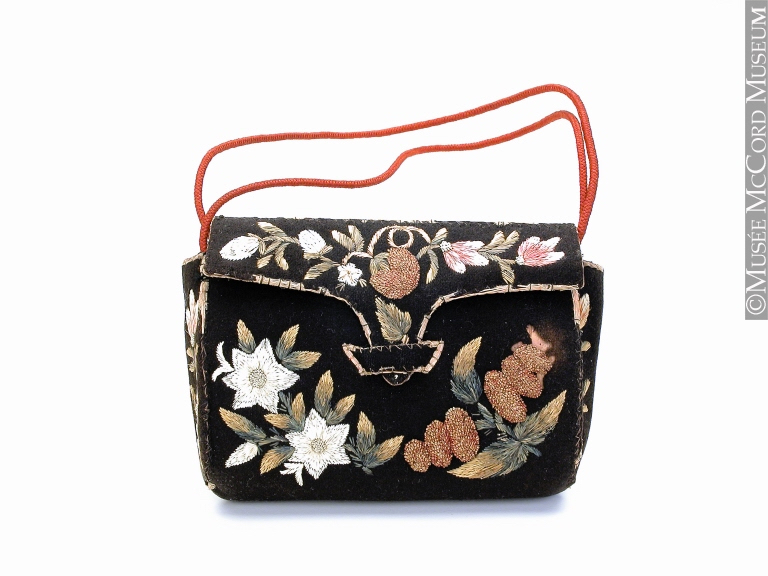(October 23, 2020) Founded in 1921 by David Ross McCord, the McCord Museum of Canadian History is located in Tiohtià:ke/Montréal, Quebec. The museum’s vast collection contains photographs, manuscripts, as well as examples of textile and artisanal work that brings a detailed texture to Canadian history. This essay will highlight some of the many fine pieces of Indigenous work in the museum’s collection. (Unfortunately, the makers of these pieces are all unknown, leaving the highly skilled artists in history’s shadow.) In addition to its physical gallery, the McCord, as a research and public education museum, regularly features Indigenous work, both as part of its permanent collection and in temporary exhibitions. Although the physical museum is currently closed, the museum is regularly hosting online events. Their next event, on October 28, features guest speakers Helmer Joseph and Elisa C. Rossow, discussing the influence of luxury materials on textile artwork. More information can be found here:
https://www.musee-mccord.qc.ca/en/activities/fashion-creators-textiles/
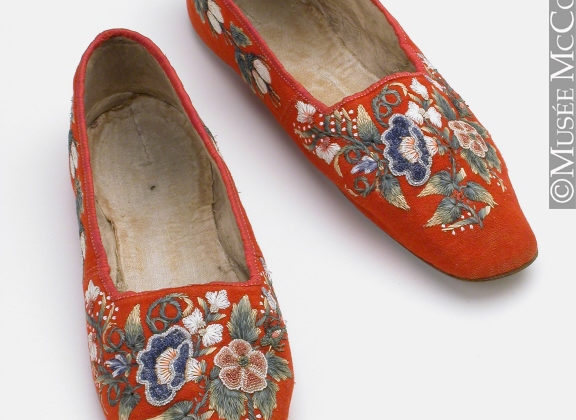
Leather, hide, wool cloth, linen cloth, moosehair, silk ribbon, cotton thread, sinew, dyes.
5.1 x 7.8 x 24.5 cm. Note the use of moosehair in the rich floral decoration, a Huron-Wendat innovation.
(Photo courtesy of the McCord Museum)

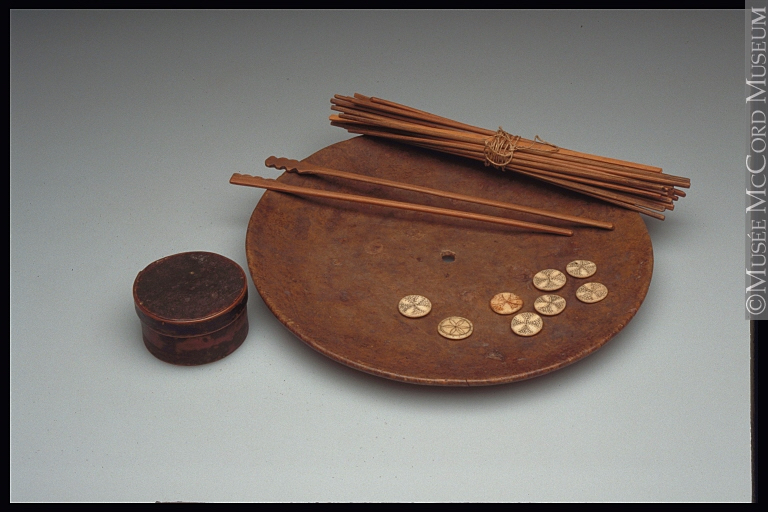
wood, 28.3 cm. The warm polished wood of this gameboard calls to the carved wooden chess sets more familiar to Europeans and their settler descendants. (Photo courtesy of the McCord Museum)
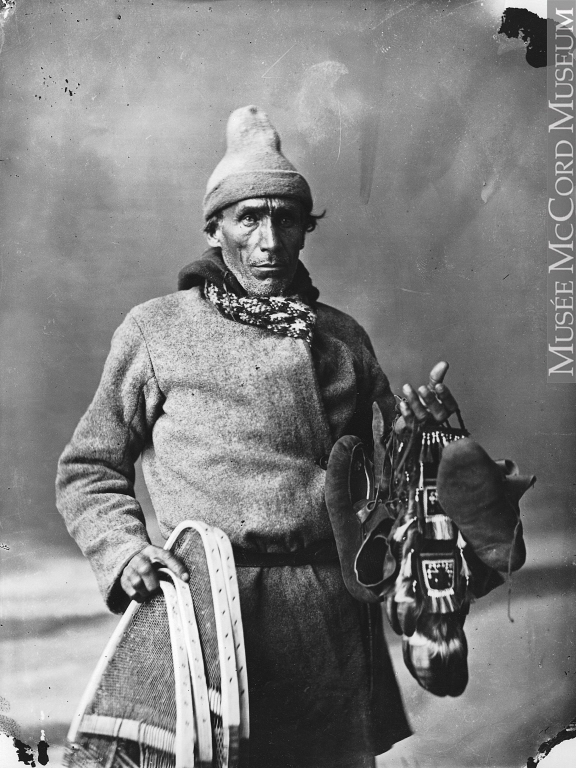
Silver salts on glass – Wet collodion process, 15 x 10 cm. Gros-Louis was an accomplished hunter and guide from Wendake, who also assisted Notman with a series of nine photographs featuring Huron-Wendat hunters and artisans, processing moose, among other things. He was tragically shot and robbed near Wendake in 1871. (Photo courtesy of the McCord Museum)
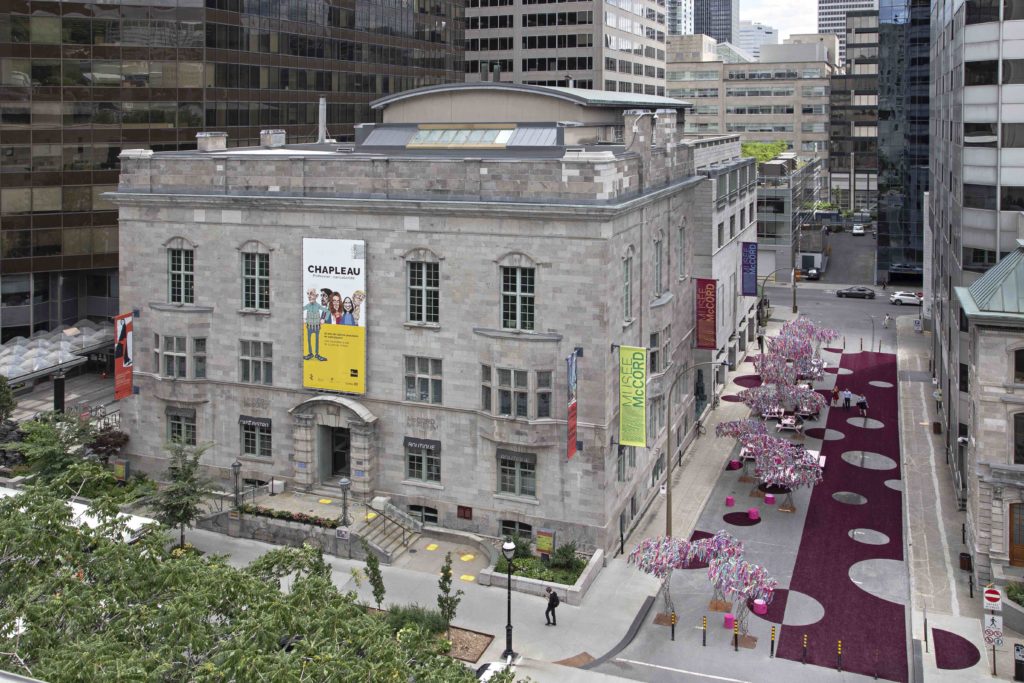
Feature Photo
